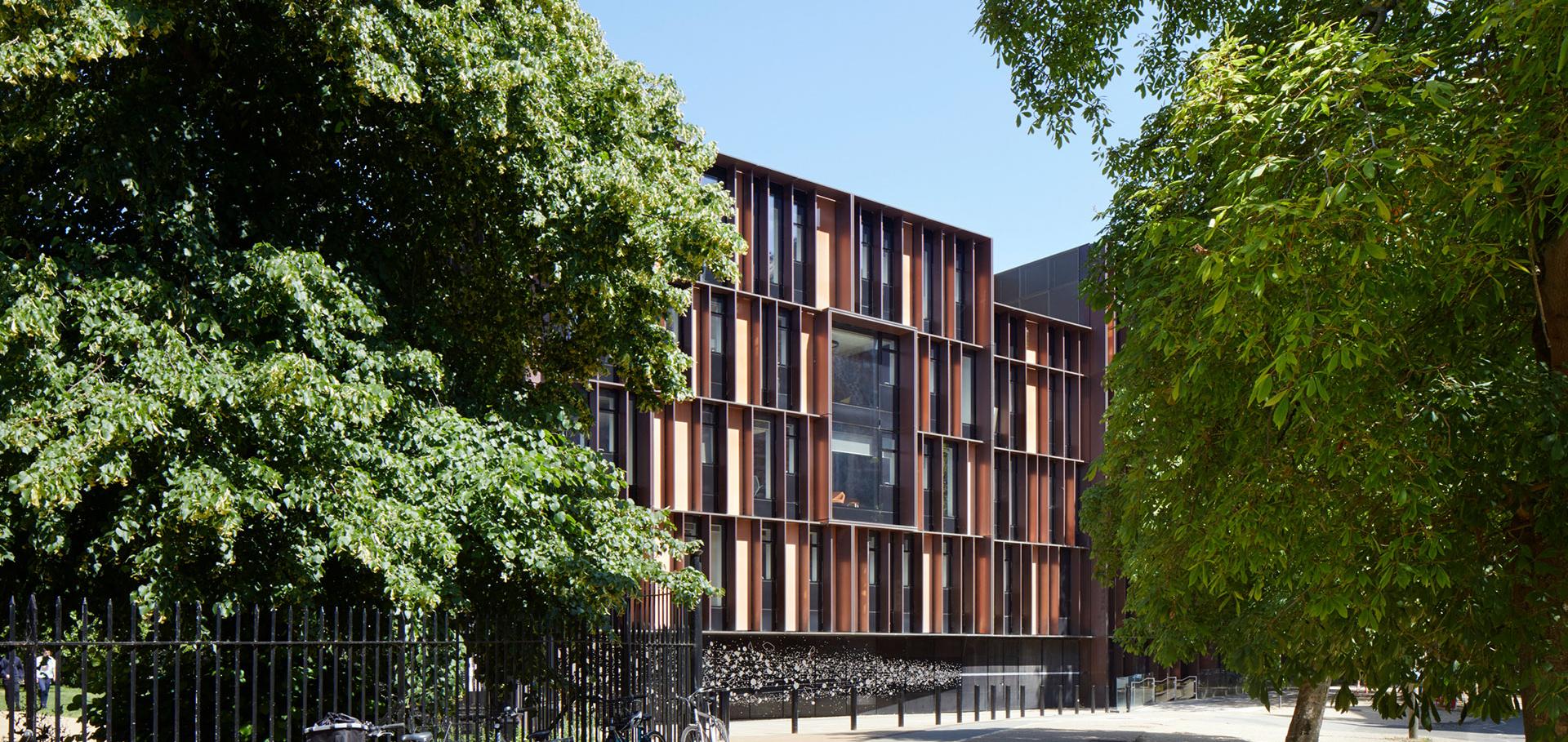The mechanical and thermal design for the MICE focusing solenoid magnet system
IEEE Transactions on Applied Superconductivity 15:2 PART II (2005) 1259-1262
Abstract:
The focusing solenoids for MICE surround energy absorbers that are used to reduce the transverse momentum of the muon beam that is being cooled within MICE. The focusing solenoids will have a warm-bore diameter of 470 mm. Within this bore is a flask of liquid hydrogen or a room temperature beryllium absorber. The focusing solenoid consists of two coils wound with a copper matrix Nb-Ti conductor originally designed for MRI magnets. The two coils have separate leads, so that they may be operated at the same polarity or at opposite polarity. The focusing magnet is designed so that it can be cooled with a pair of 1.5 W (at 4.2 K) coolers. The MICE cooling channel has three focusing magnets with their absorbers. The three focusing magnets will be hooked together in series for a circuit stored-energy of about 9.0 MJ. Quench protection for the focusing magnets is discussed. This report presents the mechanical and thermal design parameters for this magnet, including the results of unite element calculations of mechanical forces and heat flow in the magnet cold mass. © 2005 IEEE.The mechanical and thermal design for the MICE coupling solenoid magnet
IEEE Transactions on Applied Superconductivity 15:2 PART II (2005) 1279-1282
Abstract:
The MICE coupling solenoids surround the RF cavities that are used to increase the longitudinal momentum of the niuon beam that is being cooled within MICE. The coupling solenoids will have a warm-bore diameter of 1394 mm. This is the warm bore that is around the 200 MHz RF cavities. The coupling solenoid is a single superconducting coil fabricated from a copper matrix Nb-Ti conductor originally designed for MRI magnets. A single coupling magnet is designed so that it can be cooled with a single 1.5 W (at 4.2 K) cooler. The MICE cooling channel has two of these solenoids, which will be hooked together in series, for a magnet circuit with a total stored-energy of the order of 12.8 MJ. Quench protection for the coupling coils is discussed. This report also presents the mechanical and thermal design parameters for this magnet, including the results of finite element calculations of mechanical forces and heat flow in the magnet cold mass. © 2005 IEEE.Modeling free convection flow of liquid hydrogen within a cylindrical heat exchanger cooled to 14 K
Proceedings of the Twentieth International Cryogenic Engineering Conference, ICEC 20 (2005) 857-860
Abstract:
A liquid hydrogen in a absorber for muon cooling requires that up to 300 W be removed from 20 liters of liquid hydrogen. The wall of the container is a heat exchanger between the hydrogen and 14 K helium gas in channels within the wall. The warm liquid hydrogen is circulated down the cylindrical walls of the absorber by free convection. The flow of the hydrogen is studied using FEA methods for two cases and the heat transfer coefficient to the wall is calculated. The first case is when the wall is bare. The second case is when there is a duct some distance inside the cooled wall. Crown Copyright © 2005.Modeling the thermal mechanical behavior of a 300 K vacuum vessel that is cooled by liquid hydrogen in film boiling
Proceedings of the Twentieth International Cryogenic Engineering Conference, ICEC 20 (2005) 825-828
Abstract:
This report discusses the results from the rupture of a thin window that is part of a 20-liter liquid hydrogen vessel. This rupture will spill liquid hydrogen onto the walls and bottom of a 300 K cylindrical vacuum vessel. The spilled hydrogen goes into film boiling, which removes the thermal energy from the vacuum vessel wall. This report analyzes the transient heat transfer in the vessel and calculates the thermal deflection and stress that will result from the boiling liquid in contact with the vessel walls. This analysis was applied to aluminum and stainless steel vessels. Copyright © 2005. Published by Elsevier Ltd. All rights reserved.The mice focusing solenoids and their cooling system
(2005) 585-588


